The Living Root Bridges Of Cherrapunji In Megahalya, India.
In Cherrapunji, located in the Indian state Meghalaya, living root bridges are located throughout the rainforest. Travelling to the wettest place on earth, means heavy rain, thick fog, the greenest jungle, the tallest Indian plunge waterfalls and some of the most stunning & eco-friendly natural wonders you’ll come across.
It was by accident that we heard about these living root bridges in the Northeast of India. These really unique natural-man-made wonders can only be found in hidden valleys where rain tumbles down almost every day throughout the year. The logistic to get there at first seemed a bit difficult, but actually turned out to be pretty easy. We flew to Guwahati in the state of Assam and negotiated a cab straight up to Cherrapunjee Holiday Resort, which is a great starting point for a lot of hikes into the region. The guys in the resort were happy to hand out maps of the various trekking options and can arrange cabs and guides for every occasion.
As Cherrapunji holds the title “the wettest place on earth” one has to come prepared, especially during monsoon season – which of course the season when we decided to visit this extraordinary place. Yet it’s still an amazing place for travel photographers like ourselves.
The Double Decker Living Root Bridge.
We started straight away with the so called “most enduring trek”; 2.500 stairs down to the Umshiang Double Decker Living Root Bridge, called Jingkieng Nongriat. It’s a natural wonder designed and guided by man and even believed to be the only one of its kind in the world. The roots of a Ficus elastica tree have grown over a period of at least 25 years along a small rope across the river, always put into the right direction, until is developed into a bridge that could be “paved” with stones and can now hold up to 20 people at once. Some of the ancient root bridges in the area are used daily by the people of the villages around Cherrapunji for more than 500 years.
Getting To The Double Decker Living Root Bridge.
We hired a guide to lead the way, even though one could do it without one since the trek is well signed. But a guide knows many stories about the area and its people and knows exactly where to take special care on the path – during monsoon rain the trek can be slippery at times.
On the way to the double decker bridge, you have to cross two steel cable bridges. They were pretty shaking and we had to cross one by one, while being surrounded by raging waters … frightening in a way but amazingly impressive at the same time.
The entire trip takes about five hours, so it’s definitely necessary to bring plenty of water and some snacks, though there is a little place near the double decker bridge where you can get a bowl of instant noodles and tea.
Overall, the trek is a really rewarding experience through jungle, where betel-nut and bay-leaves are grown by the locals who do this trek everyday to reach the road. We were told that this trek is the most exhausting, but if you’re fit, it’s not even the slightest problem. We even did it a second time, since on our first trip down the valley it was raining cats and dogs.
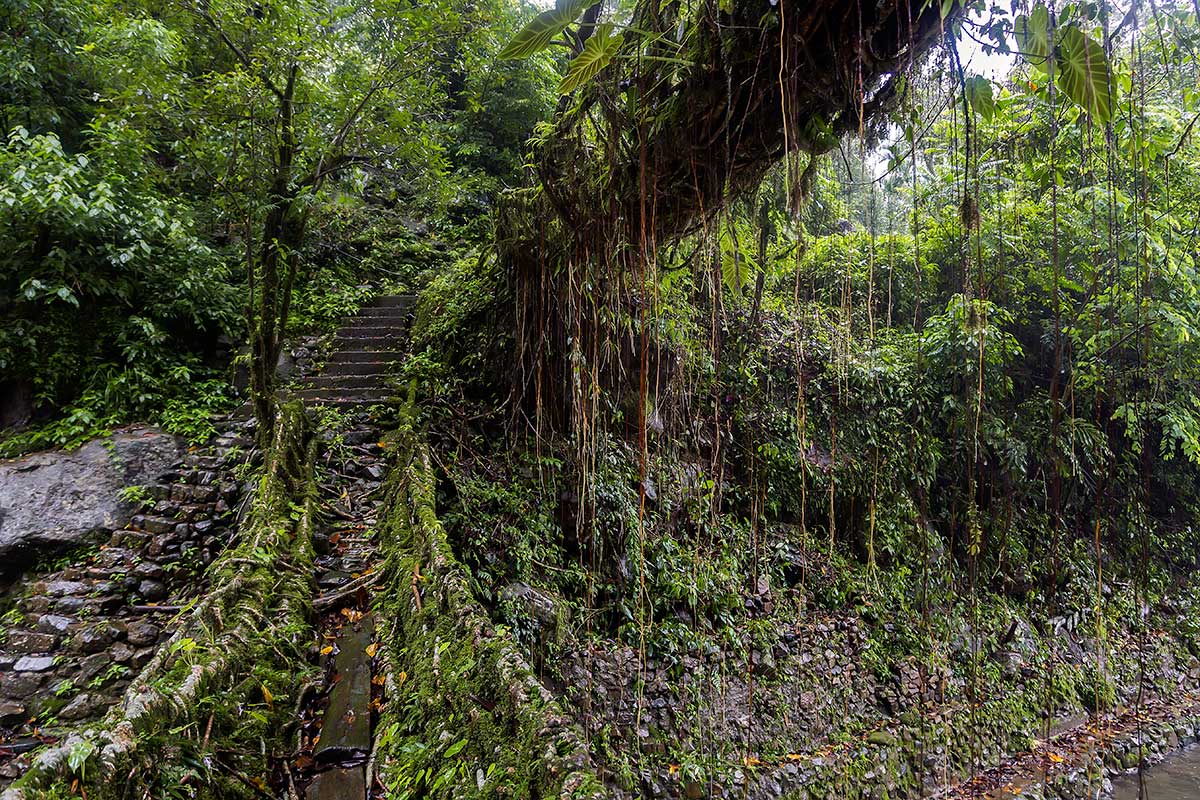
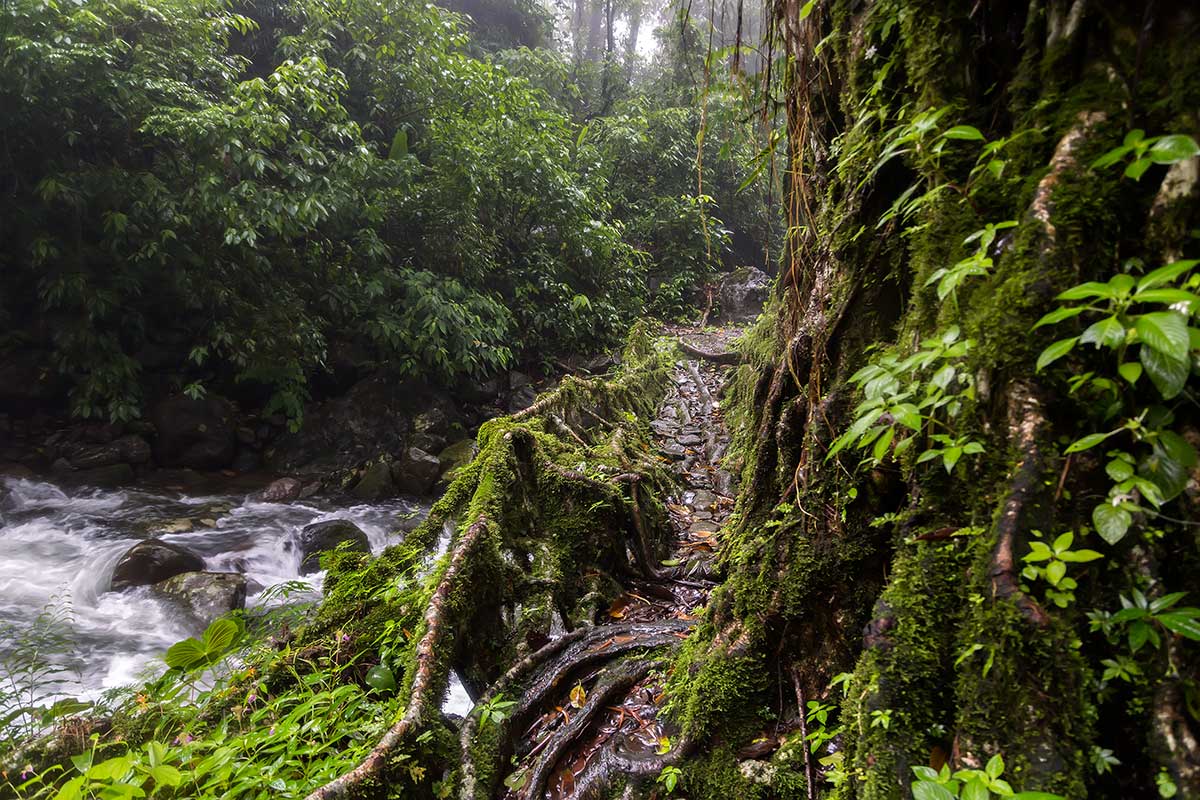
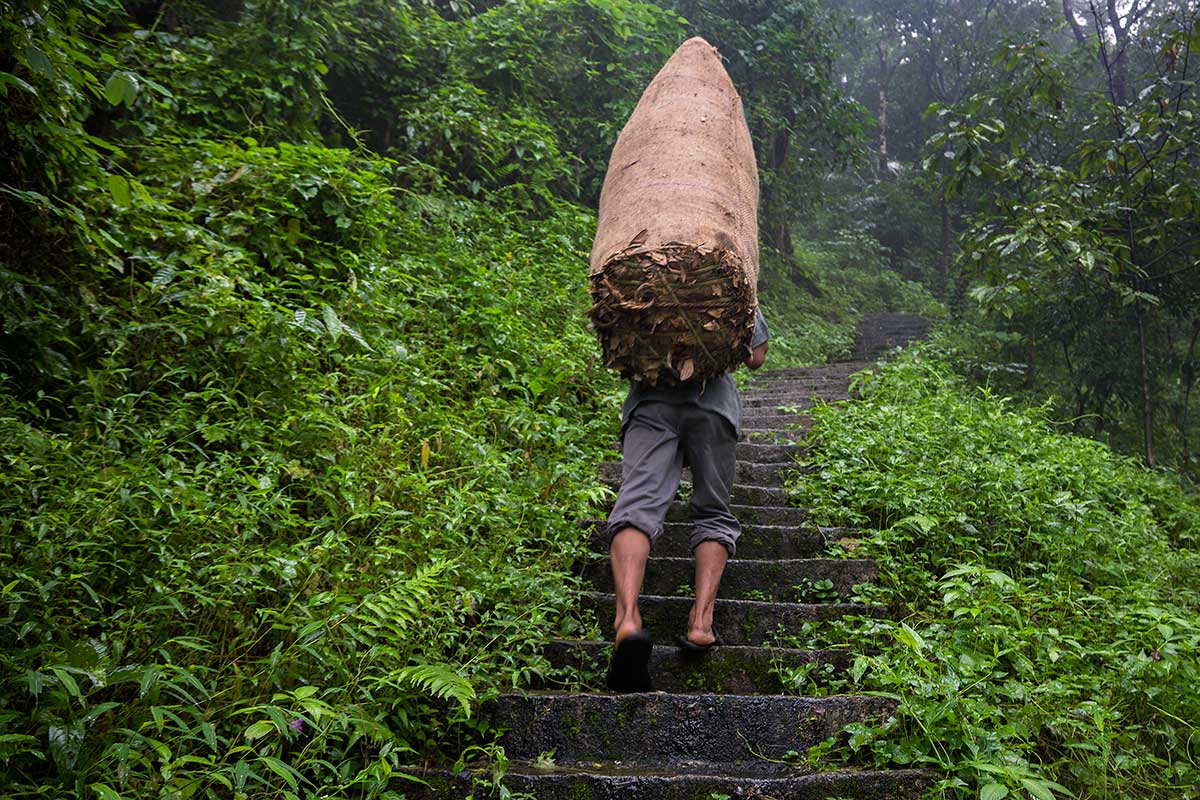

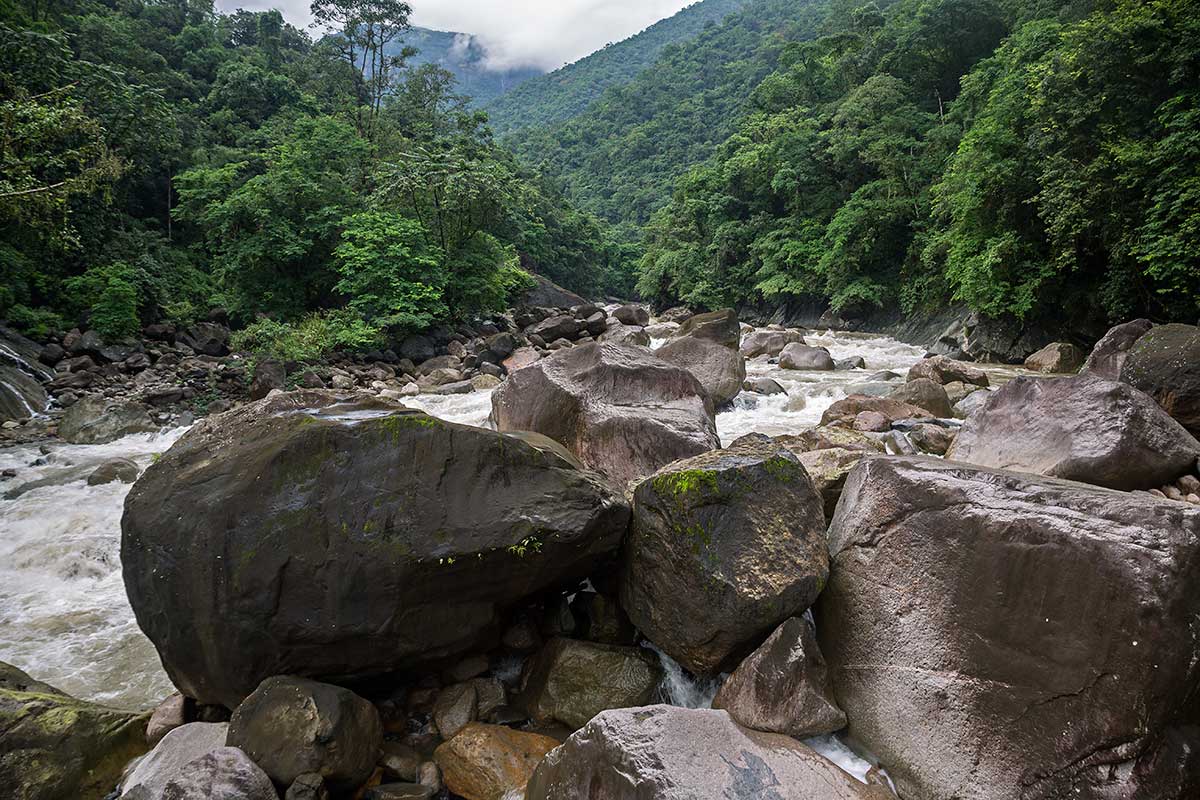
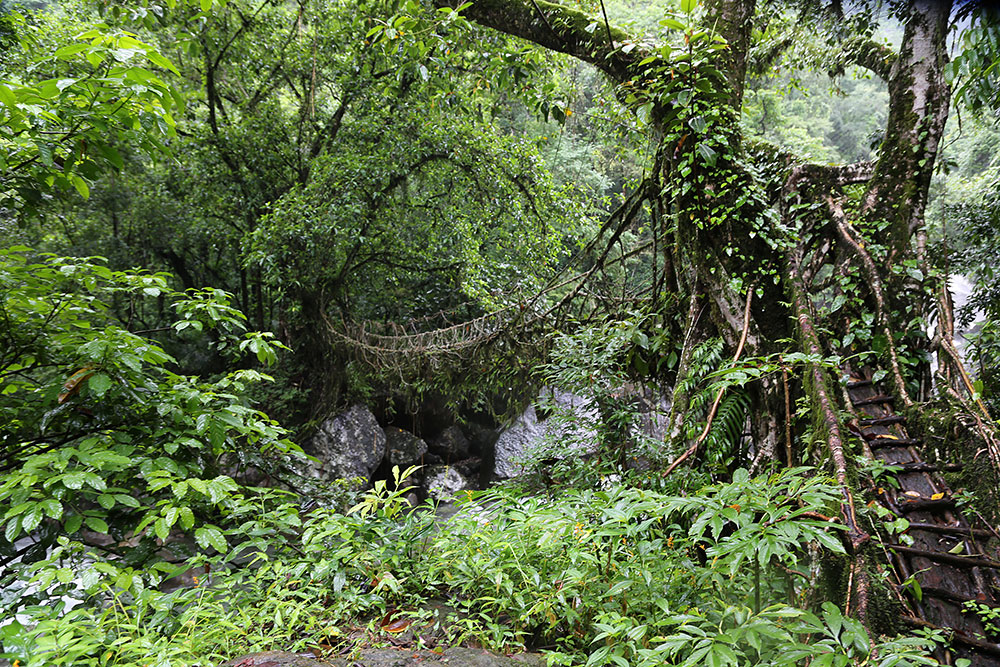
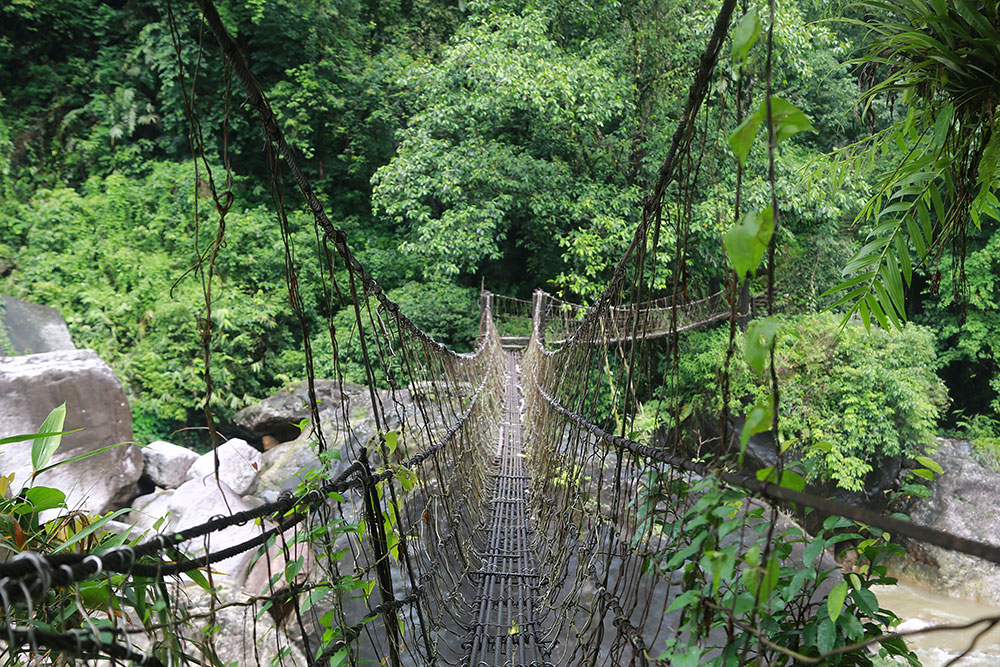
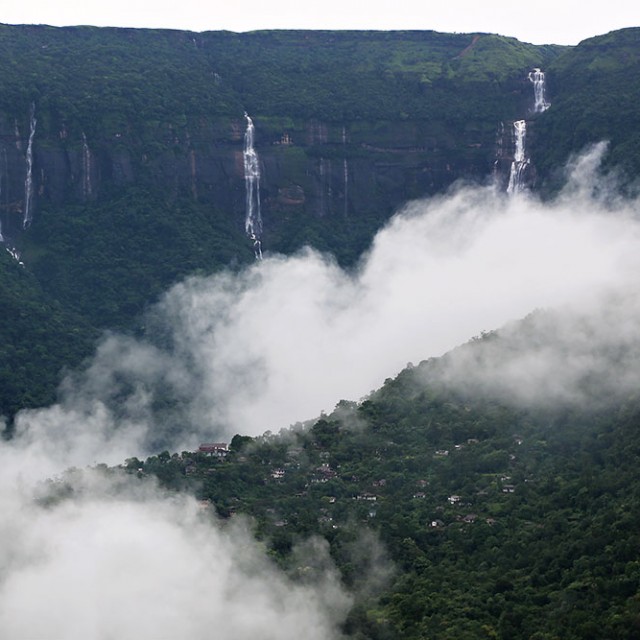
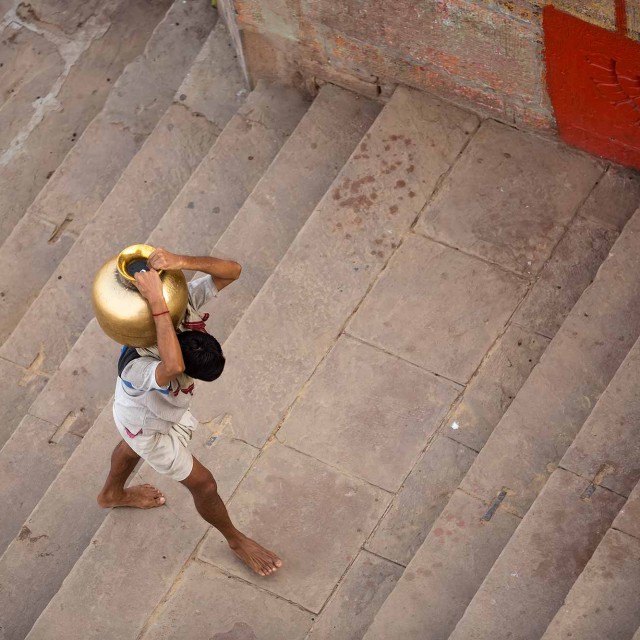
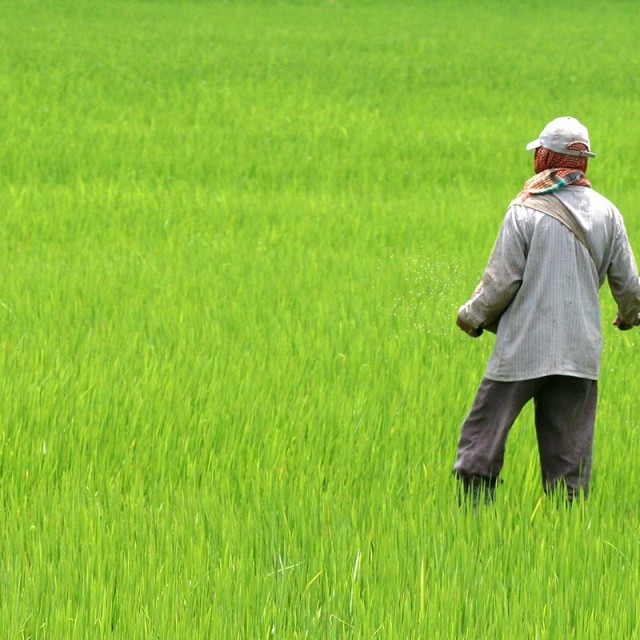
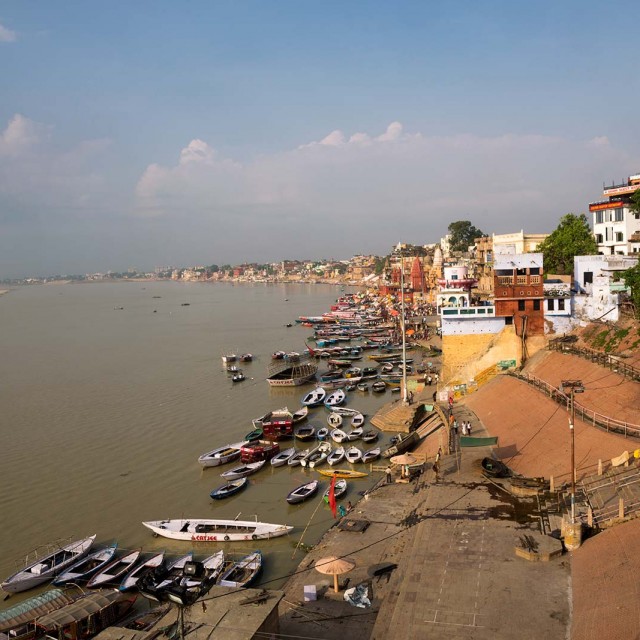
Join the Discussion
“The Living Root Bridges Of Cherrapunji In Megahalya, India.”
I’m so jealous that you made it here! This is DEFINITELY on my list after I saw it on the Human Planet episode! Great pics!
Hi Jeff!
Thank heaps! Yeah, this place is absolutely amazing. You really need to see it yourself to really get what it’s like there… We want to travel there again in the “dry” season, because the constant rain does get to you at some point :) But still, it was one of the best experiences ever!
Take care!
I cant agree more with you. I just did this trek yesterday. As it was not raining ths water under the steel bridge was clear as crystal. You are right in saying that the trek could take less time depending on ones fitness. I tool 3hrs including the time i took to click pictures. I wish i could upload a picture on your blog. Your blog is quite informative & will surely help anyone who is planning a trip to double decker.